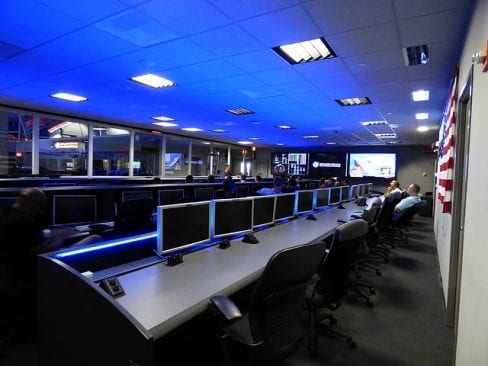A reputable B2B company recently received feedback indicating widespread customer concern they were not helping their customers remain on the cutting edge of their own industries. The company was so focused on trying to sell they lost sight of helping their customers stay informed on their new applications, new techniques for product use, and more. In an effort to resolve the issue, the company then implemented a “hardwire learning” initiative that included daily posts of “The Stall Street Journal” that were strategically placed within bathroom stalls located in their Customer Training Center. The initiative also included seeking ways contact centers could become major sources of customer learning.
Traditionally, the company’s call center operators ended their customer calls with the question: “Is there anything else I can help you with today?” Even though the ever-shortened calls lowered the company’s first contact resolution rates, this familiar closing question signaled to customers that the operator was simply eager to reduce call handle time. As a result, the company still suffered from unsatisfied customers – yet continued the practice.
However, when the company changed their closing to: “What else can I help you learn more about today?” magic happened. First contact resolution stats improved; customer complaints started decreasing, customer satisfaction scores elevated, and front line employees were up-selling far more product than ever before.
According to John Goodman, Vice Chairman of Customer Care Measurement & Consulting, “Proactively providing customers with new and useful information,” “creates a 32% increase in a customer’s likelihood to repurchase.” Goodman’s research confirmed what many astute customer service experts already knew: customers today are eager to learn and thus, gravitate toward organizations that proactively work to help customers stay informed.
Would you be surprised to learn that street sweepers at Disney World receive four days of company training prior to starting the job? How long does it take to learn to work the business end of a broom? Obviously not four days! However, Disney recognized that their street sweepers received far more questions and question types than any other theme park employee. With that in mind, Disney made sure the last thing to happen when a guest asked a street sweeper, “Where is Space Mountain?” “Where is the nearest bathroom?” or “My little boy wants to know who Snow White’s second cousin was on her mama’s side,” was for the street sweeper to point to someone else for answers.
Like the Disney World street sweeper, the contact center is often customers’ first source of mentoring. How can contact center operators become world-class customer mentors? How can wisdom be hardwired into customers’ contact center experience? It goes way beyond FAQ resources or well-organized training orientation or onboarding programs. It is grounded in four key principles of effective customer mentoring best practices:
1. Learning is a door that can only be opened from the inside. That means contact center operators must find ways to get invited in. The authority feature of all operators (“I have a competence/information you want but don’t have”) means operators must approach the customer relationship as a partnership—two people jointly seeking an opportunity to explore. Show customers your sincere curiosity. Request customers teach you and they will be more eager to hear your lessons.
2. Most learning requires taking risks in front of your peers. Learning in private provides the security to make stupid mistakes and silly errors. However, contact center mentoring happens under the watchful eye of an operator-mentor. Because learning cannot occur without the act of risk-taking, it requires that contact center operators must create an atmosphere of safety. Be patient; be affirming, and be humble. Customers want a smart operator, not a smart aleck! Show a non-judgmental manner and be the guardian of your customer’s comfort.
3. Make learning enjoyable. Customers (and employees) learn more when the learning experiences are fun. Adding gamification “game-like mechanics” to a learning management system (otherwise known as a gamified LMS) can be particularly helpful in incentivizing and motivating your employees to learn and enhance their knowledge of existing, new, or upcoming products, services, and/or features they will need to know when teaching their customers. By implementing leaderboards and a point system that rewards employees on hitting deadlines, passing test scores, etc. into the learning process or an LMS (otherwise known as applying ”gamification”) admins get more transparency and control of individual agent or overall operational performance.
4. Effective customer learning takes reinforcement to imprint. That suggests follow-up information (“May I send you information about…”), special tools (“Go to the resource section of our website…”), and summary statements (“Just to review, remember to turn the handle…”). Make learning fun for your customers by providing short examples, an upbeat attitude, funny one-liners, and personalized attention. Customers are far more likely to remember how you treated them long after they have forgotten what you did for them.
What can you do to help your customers get smarter? We live in a fast-paced time where customers are impatient to keep up and not get left behind. Customers value organizations that help them grow through clear and proactive eagerness to provide mentorship.
This post originally appeared on Convoso.com.
